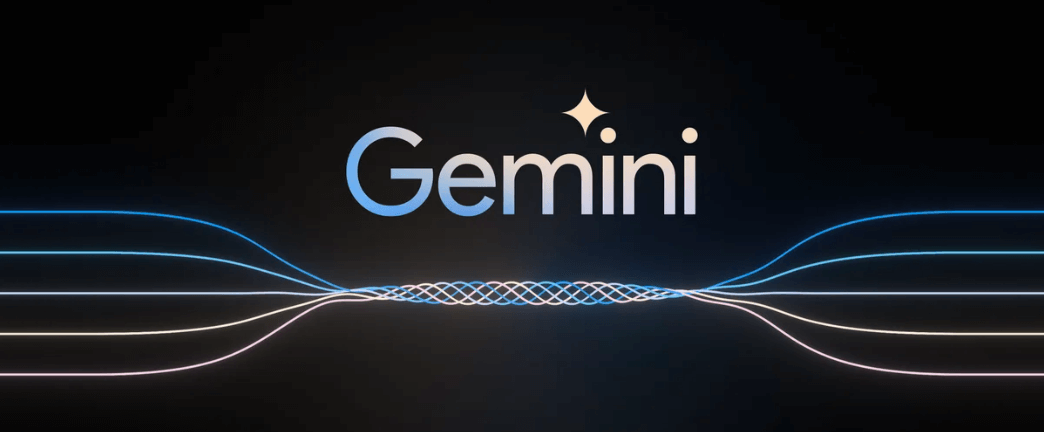Google has taken a giant leap into the world of artificial intelligence with the introduction of its latest and most powerful model, the Gemini. Unveiled on December 6, Gemini comes in three sizes, each catering to specific needs and applications. The announcement sparked curiosity, particularly regarding how Google plans to monetize this groundbreaking AI technology.
Gemini boasts a trio of models: Gemini Ultra, the largest and most capable; Gemini Pro, offering versatility across a spectrum of tasks; and Gemini Nano, designed for specific tasks and mobile devices. This suite of models aims to empower developers and enterprises, allowing them to leverage Gemini in their applications. Starting December 13, Gemini Pro will be accessible via the Gemini API in Google AI Studio or Google Cloud Vertex AI. Android developers will also have the opportunity to integrate Gemini Nano into their applications.
The applications of Gemini are vast and diverse. Companies and enterprises can deploy it for advanced customer service engagement through chatbots, personalized product recommendations, and trend identification for targeted advertising. Moreover, Gemini can be harnessed for content creation, aiding in marketing campaigns, blog content generation, and even productivity apps that summarize meetings or generate code for developers.
Here is a video from Google where some of its capabilities are shown:
During the launch, Google showcased Gemini’s capabilities through compelling examples, such as analyzing complex data like charts and even solving math problems from images. The Gemini Ultra model, in particular, achieved a milestone by outperforming human experts in massive multitask language understanding (MMLU), demonstrating a nuanced understanding of complex subjects.
Sundar Pichai, Google’s CEO, emphasized the collaborative effort behind Gemini, stating it was built from the ground up to be multimodal, seamlessly integrating text, code, audio, image, and video. This marks a significant evolution in AI models, making Gemini a flexible and versatile tool.
CEO Sundar Pichai in a blog post Wednesday said “Gemini is the result of large-scale collaborative efforts by teams across Google, including our colleagues at Google Research. It was built from the ground up to be multimodal, which means it can generalize and seamlessly understand, operate across and combine different types of information including text, code, audio, image and video.”
One notable application of Gemini is its integration with Google’s Bard chatbot. The Bard chatbot, now powered by Gemini Pro, promises advanced reasoning, planning, and understanding capabilities. A more powerful version, “Bard Advanced,” utilizing Gemini Ultra, is slated for release early next year.
Despite the excitement surrounding Gemini, questions lingered about its comparison with OpenAI’s GPT-4. While executives confirmed that Gemini Pro outperformed GPT-3.5, details about its performance against GPT-4 were left unanswered. The delay in Gemini’s launch fueled speculation, with Google attributing it to extensive testing of the advanced models.
Gemini’s efficiency and cost-effectiveness were highlighted, with Collins stating that despite being the largest model, Gemini Ultra is more economical to serve. A technical white paper detailing Gemini’s model is expected to be released, shedding light on its intricate workings.
Collins said “It’s not just more capable, it’s more efficient. We still require significant compute to train Gemini but we’re getting much more efficient in terms of our ability to train these models.”
In addition to Gemini, Google introduced the next-generation tensor processing unit, TPU v5p, offering enhanced performance for training AI models. This comes in the wake of competitors like Amazon and Microsoft showcasing custom silicon targeting AI.
Gemini’s integration into Google’s ecosystem is comprehensive, extending to products like Search Generative Experience (SGE). Although SGE is still in an experimental phase, Google hinted at Gemini’s incorporation into it in the coming year.
Sundar Pichai expressed his enthusiasm for the future, stating that the era of models like Gemini represents one of the most significant science and engineering endeavors undertaken by the company. As Gemini unfolds, it holds the promise of unlocking new possibilities and shaping the landscape of AI in unprecedented ways.
You can check out the full announcement here.


Leave a Reply